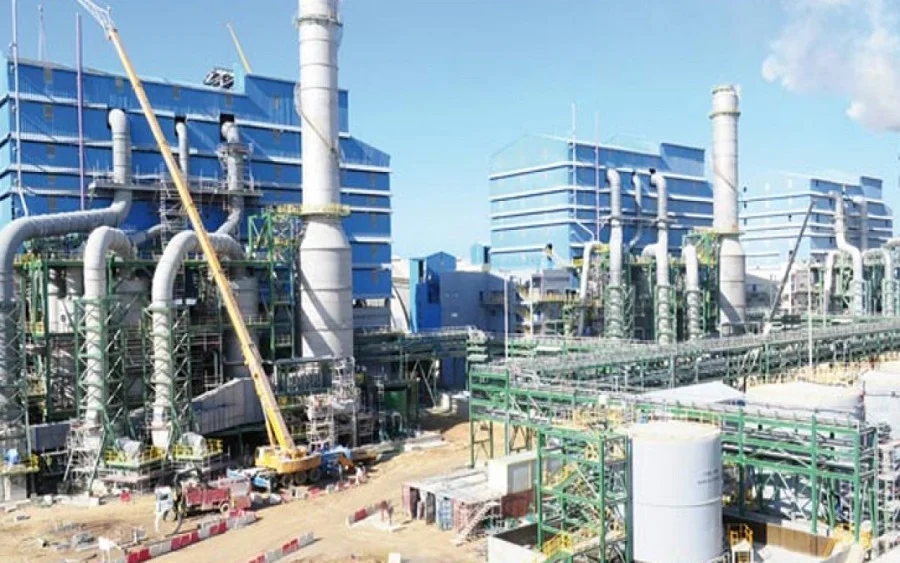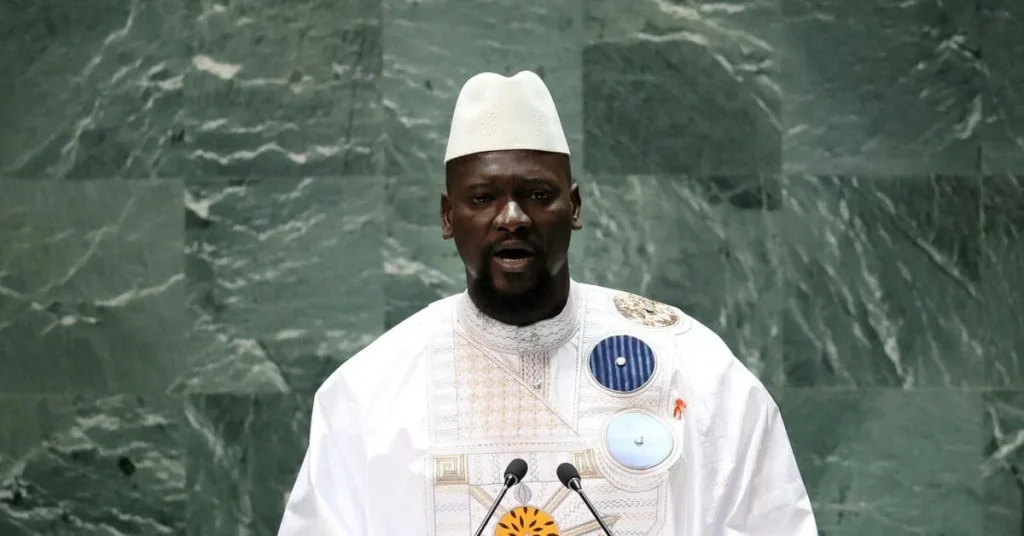From 2018 to 2022, Nigeria’s manufacturing sector contributed approximately N32 trillion to the nation’s N358.32 trillion GDP, a mere 9% average, according to National Bureau of Statistics (NBS) data.
In 2018, the sector added N6.4 trillion to a N69.7 trillion GDP, followed by N6.47 trillion in 2019 against a N71.38 trillion GDP.
The sector’s real contribution was 8.99% in 2020, 8.98% in 2021, and 8.92% in 2022, reflecting stagnation despite a 5.89% growth in Q1 2022, per Nairametrics.
Q1 2023 Slump
The NBS’s Q1 2023 GDP report, released in May 2023, showed manufacturing growth slowing to 1.61% year-on-year from 4.28% in Q4 2022, though its GDP contribution rose to 10.13% from 8.40%. Overall GDP growth was 2.31%, down from 3.11% in Q1 2022, driven by a cash crunch, with services leading at 4.35% and agriculture declining by 0.90%.
Expert Concerns
Industry leaders decried structural challenges. Ide John Udeagbala, President of the Nigerian Association of Chambers of Commerce, Industry, Mines and Agriculture (NACCIMA), told Vanguard, “A 9% manufacturing contribution signals we’re falling short of industrialization goals.”
He emphasized that industrialization drives development, noting Nigeria’s advanced services sector cannot compensate for manufacturing’s lag. Segun Ajayi-Kadir, Director-General of the Manufacturers Association of Nigeria (MAN), added, “Manufacturing transforms raw materials into high-value goods, boosting trade and foreign exchange.” He stressed its role in modernizing agriculture and reducing reliance on agricultural income.
Structural Challenges
High energy costs, forex scarcity, rising raw material prices, and high lending rates stifle the sector, experts noted. Most manufacturers rely on costly generators due to unreliable power, inflating production costs, per Vanguard.
The sector remains import-dependent, with minerals like salt and iron ore sourced abroad despite domestic potential, per Wikipedia. The 2014 GDP rebasing, accounting for telecommunications and Nollywood, did not resolve manufacturing’s infrastructural deficits, per the Council on Foreign Relations.
Policy Recommendations
At the 2023 Equipment and Manufacturing West Africa (EMWA) conference, stakeholders urged the federal government to prioritize manufacturing through investment-friendly policies. Event director Amb. Joseph Oru called for collaboration with the private sector to place manufacturing at the core of economic policy, per the provided story.
MAN’s Ajayi-Kadir advocated addressing power supply and other constraints to boost value addition, aligning with the 2014 Nigeria Industrial Revolution Plan’s vision of export-driven growth.
Economic Context
Nigeria’s GDP grew by 3.11% in Q1 2022, 2.51% in Q2 2023, and 2.98% in Q1 2024, driven by services (58.04% in Q1 2024) and industry (2.19%), per NBS reports. Agriculture’s share dropped from 25.89% in 2021 to 22.72% in 2023, while industry, including manufacturing, rose to 32.58% in 2023, per Statista.
The Central Bank’s 18.5% rate hike in 2024 further strained manufacturers, per Wikipedia. Despite rebasing shrinking the debt-to-GDP ratio to 39.4% in Q1 2025, Finance Minister Wale Edun noted manufacturing’s persistent underperformance hinders economic transformation.
Path Forward
To revive manufacturing, Nigeria must tackle power shortages, ease forex access, and lower borrowing costs, experts argue. The sector’s 10.20% contribution in Q1 2022 showed potential, but sustained growth requires policy action, per Nairametrics.
With services dominating at 44.04% in 2022 and 42.77% in 2023, Nigeria risks over-reliance on non-industrial sectors, stalling its industrialization ambitions, per Statista.






